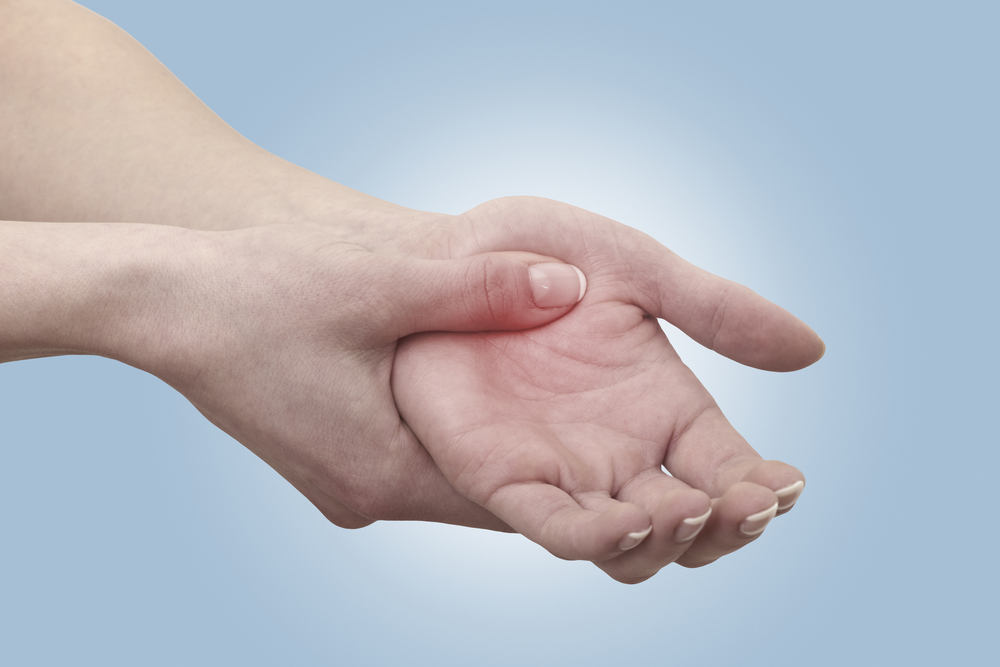The Signs, Symptoms and Treatment of Arthritic Fingers
Our fingers are important! We use them from the moment we wake up to brush our teeth, from the emails we send, to the cooking we do every day. When our fingers don’t work the way we want them to, everyday tasks become difficult and painful. So what can we do when our finger joints begin to fail?
What is hand arthritis?
A joint is the part of your body where two bones come together. Arthritis is a problem that causes damage to the normally smooth joint surfaces. These junctions have special surfaces to allow smooth movement between the adjoining bones. This smooth surface is cartilage, and when the cartilage is damaged, arthritis is the condition that results. As a result, when our fingers can’t bend and move as we expect, all of those activities become difficult.
There are three types of arthritis that commonly affect the fingers:
Osteoarthritis: Osteoarthritis, also called wear-and-tear arthritis, is the most common type of finger arthritis. In people with osteoarthritis, the normal cartilage is steadily worn away, exposing bare bone at the joints. The most frequently affected joints in the hand are the knuckles of the mid-finger and fingertip (the PIP and DIP joints) and the joint at the base of the thumb.
Rheumatoid Arthritis: Rheumatoid arthritis causes a different type of joint destruction. Rheumatoid arthritis is a systemic autoimmune condition that can cause a number of problems. Among these, rheumatoid arthritis can cause inflammation of the soft-tissue surrounding joints. The most commonly affected joints in the hand are the knuckles at the base of the fingers (the MCP joints).
Gout: Gout is a condition that occurs when crystals develop within the joints of your body. These crystals form as a result of the body not properly metabolising a substance called uric acid. Because of this, the uric acid accumulates, these crystals can form in one or more joints. While the big toe is the most commonly affected part of the body, finger joints can also be involved.
Signs and Symptoms
Symptoms of finger arthritis include:
- Joint pain
- Swelling
- Stiffness
- Loss of motion
Patients with osteoarthritis often develop lumps or nodules around the knuckles of the fingers. These lumps are called Heberden’s nodes (when around the more distant knuckle) or Bouchard’s nodes (when around the closer knuckle) and actually consist of bone spurs around the joints. As a result, knuckles often become enlarged, swollen, and stiff, and people often complain that their rings do not fit or can’t be removed.
Patients with rheumatoid arthritis often have the aforementioned symptoms, but can also have more complex deformities of the hands. The fingers may begin to shift from their normal position and drift away from the thumb.
Treatment
Early treatments of finger arthritis are focused on managing the symptoms in an effort to avoid surgery. Treatment options include:
Anti-Inflammatory Medications: These medications can help treat the pain of finger arthritis, and also help decrease inflammation and swelling around the joints. While you should always check with your doctor before starting any new medication, these are often prescribed for joint pains in the fingers.
Joint Supplements: Joint supplements consist of glucosamine and chondroitin, two of the major building blocks of normal cartilage. These supplements are very safe to use, although the clinical data to support their use is weak. That said, many people can find them helpful.
Cortisone Injections: Cortisone is a more powerful anti-inflammatory medication and can be useful in limited applications in the hand. While cortisone injections are generally not good to perform frequently, an occasional shot may help calm a flare of arthritis.
Hand Therapy: An occupational therapist performing hand therapy is helpful to maintain motion and prevent stiffening of the joints.
Ice and Heat Treatment: Ice and heat treatments can improve joint stiffness and range of motion. Most people with finger arthritis find warming the hands with a warm washcloth or under moderately hot water is helpful at relieving the stiffness of arthritic fingers.
Splints: Splinting helps to relax and rest the joints, but should be done for limited periods of time to allow for relief without allowing the joint to stiffen.
Surgery
Surgery may be necessary if these treatments fail, but it’s usually a last resort, and most cases can be treated with the solutions above.
The next step to treating your hand arthritis
Dr Stephanie Barrett is a consultant rheumatologist who works with patients with many different types of arthritis and joint pain.
If you think you may be suffering from hand arthritis an appointment with Dr Barrett is a chance to discuss your symptoms and find the right treatment plan.
If you would like to find out more or to make an appointment with Dr Stephanie Barrett please call 020 7730 8508 or make an appointment here.



